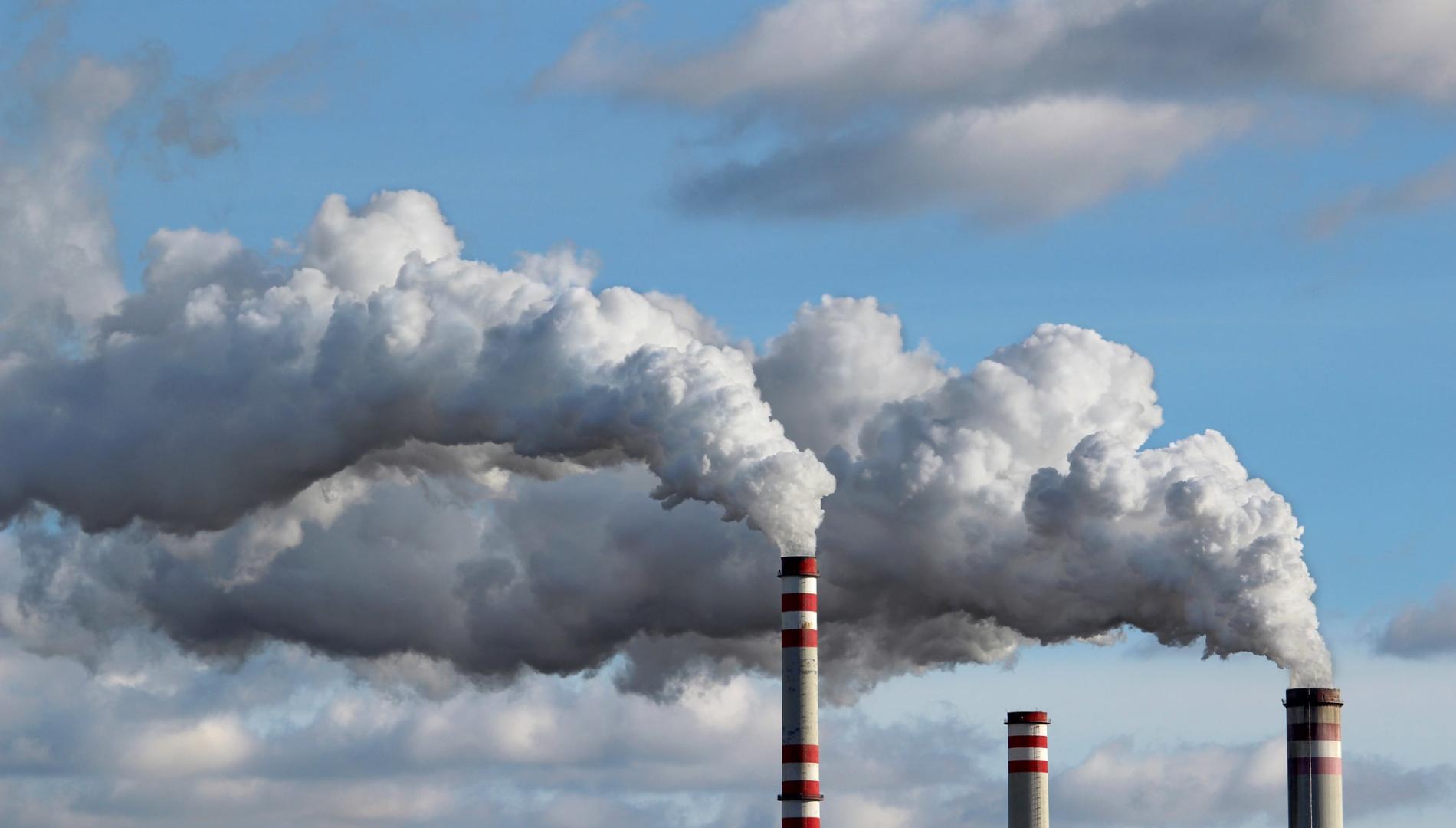Better coordination is needed across the different pathways to a lower-carbon global economy
In October 2022, a United Nations report warned that only an “urgent system-wide transformation” to a global low-carbon economy will deliver the huge cuts to greenhouse gas emissions needed by 2030 if we’re to avert the worst impacts of global warming.
But while there’s agreement on the scale of cuts needed, there’s no agreement on how to get there. Countries have different plans and priorities, reflecting the different pressures they’re under, whether it’s internal politics, energy dependencies, and uneven finances, resources and living standards.
Meeting this critical global challenge is going to depend on whether these disparate approaches and pressures can be coordinated to deliver the scale of cuts needed.
So, what is driving the differing approaches around the world, and what scope is there to better-coordinate them?
In-country climate politics
Internal “climate politics'' is a driving force behind the different approaches being taken by national governments.
The rising electoral power of “Green'” parties in Europe is creating pressure on governments to adopt more proactive climate policies. In France, 25% of 18 to 24-year-olds voted for the Green Party in the 2019 European Parliament elections, while in Germany more than a third of young people voted Green.
In June 2019, Finland’s ruling coalition, which included the Green Party, announced plans to achieve “carbon neutrality” by 2035, 10 years earlier than Finland’s original plan. Denmark makes full use of renewable energy, while Germany has been making serious efforts to develop renewable energy with the introduction of its “Climate Action Law” and Climate Action Programme 2030.

Further afield, Canada has been able to implement a carbon tax to encourage reductions in emissions, while Japan and South Korea have released detailed development roadmaps for hydrogen energy,
In the United States, while the “Green New Deal” is supported by 104 congressional members, and was backed by four contenders for the Democratic presidential nomination in 2020, the pressure on government to take decisive action to reduce emissions is weaker and diluted across different state governments.
In 2019, Australia’s National Hydrogen Strategy was adopted, with hydrogen energy rising to the level of a national strategy. The strategy is expected to pave the way for Australia’s hydrogen economy, thereby enhancing Australia’s energy security, creating a large number of jobs, and establishing a multibillion-dollar export industry.
The Chinese government is increasingly determined to address the climate change issues, and is increasingly investing in clean technologies. But getting buy-in from businesses in this manufacturing-driven economy remains a formidable challenge.
The politics of north and south
“Climate politics” in the international arena also operates between high and lower-income countries – the Global North and Global South, respectively. For a long time, people have been discussing the degree to which the north should be expected to carry a higher burden than the south when it comes to cutting emissions.
For lower-income nations it’s critical they strike a balance between sustainability and affordability in their efforts to achieve low carbon, which means that a multi-step, incremental and transitional approach would be more effective than a one-step, radical and transformational approach.
Climate business
Climate politics and climate business often go hand-in-hand – there’s money to be made as well as spent in the transition to a low-carbon economy, and this relationship between business and government varies around the world.
Financial groups such as BlackRock Capital have aligned with different governments to invest in carbon-reduction programs, while clean energy companies are seeking to expand and capitalise on renewable or low-carbon technologies, often facilitated by varying government financial incentives.
Technological advancement
Technological progress is profoundly changing the way energy is produced and consumed, and opening new avenues for achieving low-carbon economies that may be universal, but which also may suit some countries more than others.
For example, building on its manufacturing strength and backed by the government, China has developed a globally competitive solar panel industry, and is making fast progress in electric vehicle design and production.
Breakthroughs in oil and gas production technology, big data, artificial intelligence, virtual reality, the “Internet of Things”, blockchain, and other new technologies, as well as nano, graphene and other new materials, are driving the energy industry to transform to high-efficiency, green, low-carbon, digital, and intelligent energy production and supply.
Cultural traditions
One of the less obvious drivers behind the differing approaches to reducing emissions are cultural traditions. A 2020 study found that local culture had an important impact on energy consumption across 28 countries.
For example, a culture centred on individual car ownership will generate higher carbon dioxide emissions, whereas cultures that embrace public transport can be expected to generate less emissions.
Solar home systems can effectively replace fossil fuel, but it’s difficult for some families in religious countries to accept it, because electric cookers lack the “natural” characteristics such as flame and smoke. While smoke in some locations also has the practical use of keeping the insects out of homes, flames bring light, which is of spiritual significance.
Climate change and low-carbon transition – towards a common global agenda?
This backdrop of different and sometimes competing agendas and circumstances among countries is one of the reasons why significant reductions are proving difficult to achieve. The response of countries to the COVID-19 pandemic is emblematic of this.
The pandemic prompted governments around the world to make large investments in economic recovery. If there had been more international coordination on how to invest recovery funds, governments could have agreed to invest in low-carbon economic growth, such as technology, renewable energy, and the infrastructure and jobs of a low-carbon economy. Instead, countries have generally focused simply on driving a recovery as fast as possible, including a recovery in emission levels.
On the plus side, an important outcome at the recent COP27 meeting in Egypt was the commitment to create a loss and damage fund that is expected to provide funds to lower-income countries, especially those vulnerable to the impacts of climate change. While the details are yet to be worked out, it’s this sort of coordination on policy that is badly needed.
Whether we achieve a fair and timely transition to a global low-carbon economy is ultimately contingent upon the ability of governments and citizens to navigate our differences. And key to that is acknowledging these differences in the first place.






